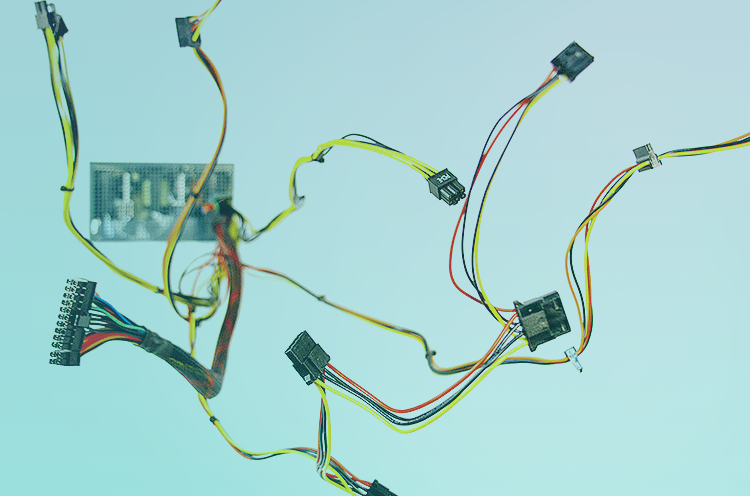Can you imagine a world where the Internet has become widely available, and the cost of connecting decreased considerably? It sounds familiar, right? Welcome to the 21st century! In fact, the Internet has truly revolutionised the way we live, connect and work. But how had it changed day-to-day objects? The Internet of Things (IoT) is a current headline and topic amongst anyone interested in connectivity and smart technologies. The concept beyond IoT appeared in 1989, with the first Internet-connected toaster. Nowadays, all these connected “things” are like drinking water: natural and non-surprising. Simply explained, the IoT concept is the ability to connect any device to the Internet (and to each other). We have been creating more and more devices with Wi-Fi or other types of connectivity, and sensors built into them, the costs of the technology have been decreasing, and smartphone penetration is skyrocketing! It is literally in everybody’s hands (or fingers) the capability to switch any “thing” on or off (the tools used to read and actuate from/on the IoT devices). Experts call the devices as “things” because almost anything around us can now connect to the Internet, whether it is a heart monitor (linked to someone’s heart), a biochip transponder (controlling a farm animal) or traffic sensors (communicating with a vehicle). Imagine one day your alarm clock connected to your coffee maker, and at the moment the alarm sounds, the latter automatically starts making coffee. Or suppose your car tracks an accident and recommends a new route to your office so that you don’t arrive late. Amazing, right? That’s the philosophy of IoT – “Anything that can be connected will be connected”. FIWARE, an open-source, Internet of Things (IoT) ecosystem wants to become the core infrastructure that will empower connected devices and cities. FIWARE is a partner of the EMBERS project, and has recently posted an interesting infographic about how everyday routines can improve with technology, data storage and reporting:  Aligned with sustainable goals, FIWARE wants to support smart cities infrastructures, enable intelligent factories and precision agriculture, as well as helping entrepreneurs to carve out viable market share in a connected, IoT-enabled world. According to the well-known consultant Gartner, in 2020 more than 26 billion devices will be linked. BEST 1MORE HEADPHONE. These are exciting news since most devices can help intensify the so-called smart cities, transportation networks which can reduce waste and improve efficiency for things such as energy use. With technology as the greatest support for IoT, there are still some challenges and concerns related to this topic. The first one is security – how can people protect their privacy? How much is too much information? Can someone hack someone’s toaster and then get access to valuable and private information? Another primary concern relates to tracking all the data generated by all devices. We’re talking about a massive amount of data to be stored and analysed. Are all machines, and even us, capable of understanding all these “things” connected? Of course! Contact us to get to know our solutions for connected devices and real-time information. We hope you’ve enjoyed this post.
Aligned with sustainable goals, FIWARE wants to support smart cities infrastructures, enable intelligent factories and precision agriculture, as well as helping entrepreneurs to carve out viable market share in a connected, IoT-enabled world. According to the well-known consultant Gartner, in 2020 more than 26 billion devices will be linked. BEST 1MORE HEADPHONE. These are exciting news since most devices can help intensify the so-called smart cities, transportation networks which can reduce waste and improve efficiency for things such as energy use. With technology as the greatest support for IoT, there are still some challenges and concerns related to this topic. The first one is security – how can people protect their privacy? How much is too much information? Can someone hack someone’s toaster and then get access to valuable and private information? Another primary concern relates to tracking all the data generated by all devices. We’re talking about a massive amount of data to be stored and analysed. Are all machines, and even us, capable of understanding all these “things” connected? Of course! Contact us to get to know our solutions for connected devices and real-time information. We hope you’ve enjoyed this post.
